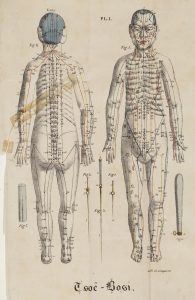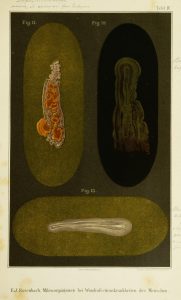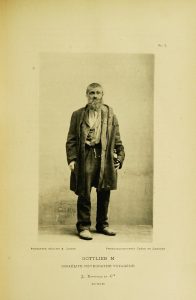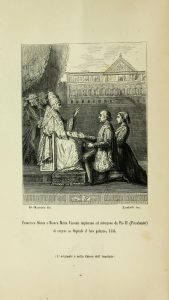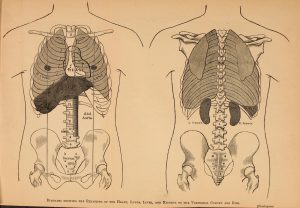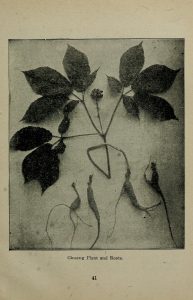
Title page from Mrs. Packard’s first volume.
In 1860, Elizabeth Parsons Ware Packard (see references in the Alabama Law Review and Project Muse) was committed to an Illinois insane asylum by her husband, with the assistance of a personal friend who was a physician. Packard claimed that she had been incarcerated unjustly and, after three years of work, managed to have herself released, having convinced the authorities of her sanity (the judge’s final decision in the case is said to have taken less than ten minutes to make!) Upon returning home, however, her husband sought to finish the job by isolating her in their house, boarding her up not unlike a character in Jane Eyre.
Accounts vary, but Packard herself said that her husband had institutionalized her because her religious beliefs differed from his and, as a clergyman, he was worried for his reputation and income if she continued to speak out.
During her first bout of institutionalization, Packard was eventually allowed writing materials by the asylum superintendent, Dr. Andrew McFarland. She composed at least one weighty volume while still in the asylum: The Great Drama: or, the Millenial Harbinger, which is a largely personal treatise on her own experiences and religious convictions. She divides American religous belief into two main camps: Christians and “Calvinists.” She identifies herself as the former and her husband, unambiguously referred to as her persecutor or jailor, as the latter.
Packard also wrote more specifically about the asylum system in Modern Persecution: or, insane asylums unveiled and The prisoners’ hidden life.
As always, for more from the Medical Heritage Library, please visit our full collection!







